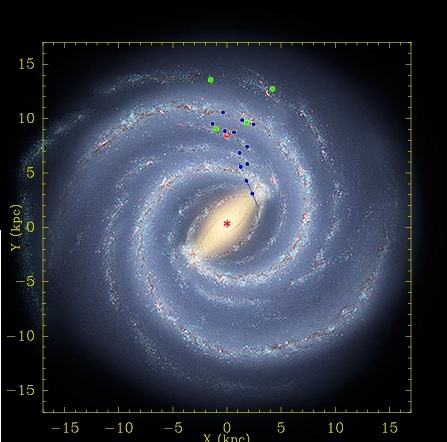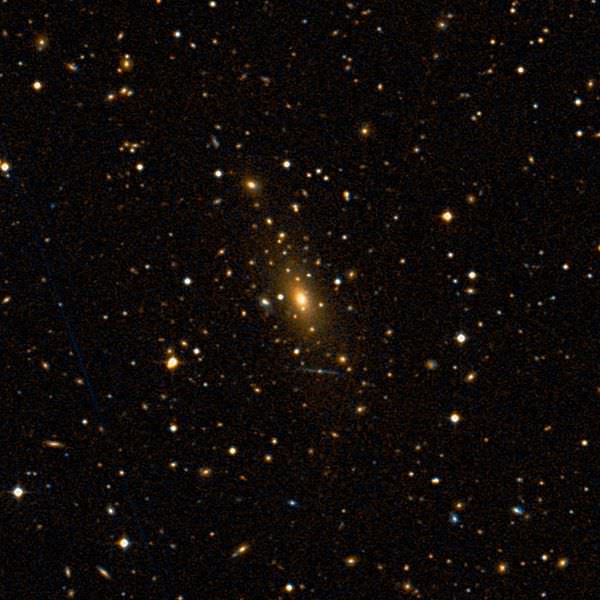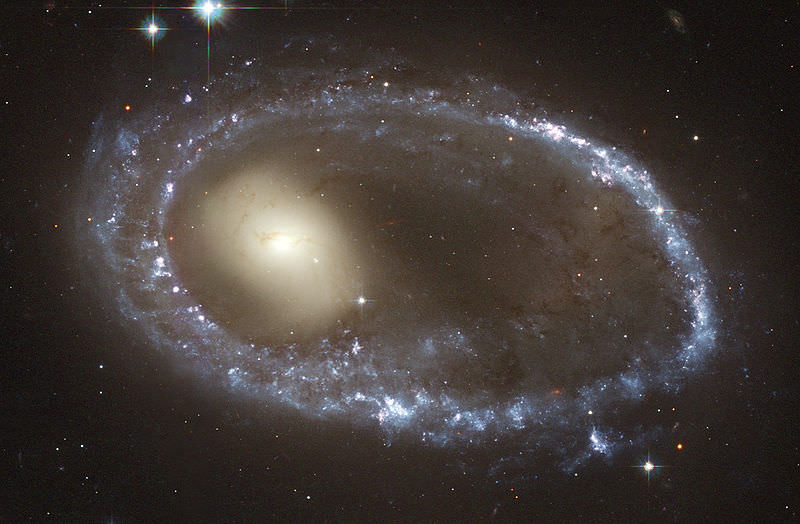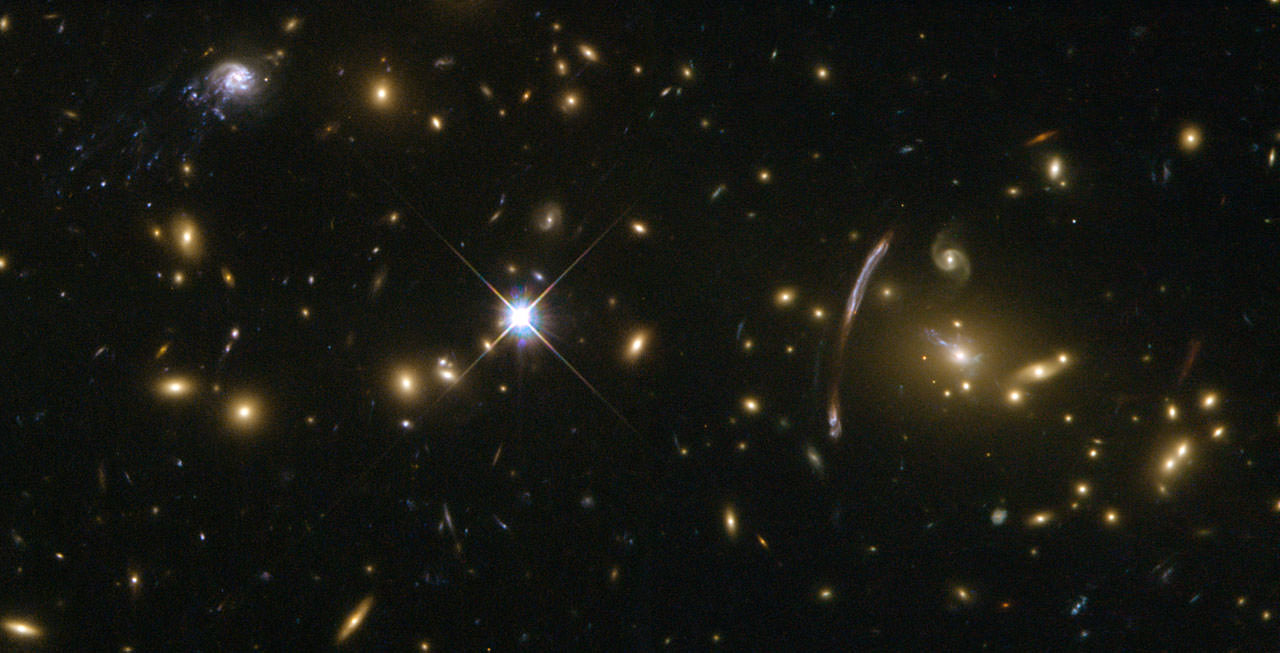[/caption]
Andromeda, M31, Triangulum, NGC 2403 the Whirlpool… have you ever wondered how galaxies get their names?
Galaxies usually have several names. That’s because there are several catalogs that maintain the names. For example, there’s the Messier catalog of objects. This was a list of 110 fuzzy objects that Charles Messier maintained that could be confused with comets.
There’s another list that starts with NGC. For example, NGC 7331, a galaxy that has been called a twin of the Milky Way because of its similarity. The NGC catalog is short for New General Catalogue, and it’s a list of 7,840 interesting objects in the night sky.
So let’s take a look at an object like Andromeda. It’s named the Andromeda Galaxy because it’s located in the constellation of Andromeda. Many galaxies are named after the constellation they’re located in. Andromeda also has the designation M31, or Messier 31, since it’s the 31st object on Messier’s list of things that look like comets but aren’t comets. Andromeda is also designated as NGC 224 in the New General Catalogue.
There are also specialty catalogs that describe objects in other wavelengths, like x-ray and even gamma rays. And many galaxies will have “names” in those directories as well.
So a galaxy can have many names. It just depends on which name you want to use.
If you discover a galaxy, do you get to name it? Unfortunately, no. The official names for astronomical objects are maintained by the International Astronomical Union. Just how you can’t officially name a star after yourself, you can’t name a galaxy either.
We have written many articles about galaxies for Universe Today. Here’s a more information about naming a star.
If you’d like more info on galaxies, check out Hubblesite’s News Releases on Galaxies, and here’s NASA’s Science Page on Galaxies.
We have also recorded an episode of Astronomy Cast about galaxies – Episode 97: Galaxies.







